Identity & Relationships
Human beings are impressionable entities that come into the world ready to absorb information. As infants we understand the world in a sensory and visceral way. We are influenced by our caregivers and sensory experiences. As we age, we adopt an awareness of our gender, culture, and age-specific expectations. We begin forming relationships (separate from our caregivers). We also begin to separate our own knowledge of ourselves (our identity) from others’ perceptions of who we are.
So how did we form these identities and how can we encourage ourselves to continue to evolve into the people we want to be? Well…spoil alert! This blog will not be able to answer that question. But what I will be able to offer is a framework to invite more self-awareness. And the more we know, the more opportunity we have to grow through micro changes in our daily practices.
For this first section on identity, I want to explore how relationships shape who we are and who we become. Observing the people we spend time with can tell us a lot about how we see ourselves. If we surround ourselves with people who show us compassion, cultivate a safe space, and support us during good and hard times, we experience the foundations of connection (zest, empowerment, clarity, and sense of worth). Those relationships tend to be mutually beneficial and we are more inclined to be genuine, honest, and trustworthy with other people. In contrast, if we participate in relationships that threaten harm, lack mutual empathy, or are neglectful we often engage in strategies to disconnect from others to avoid future feelings rejection and pain. We either continue to engage in relationships we know are destined for failure/pain or avoid connecting with others altogether, so we isolate. Our sense of self can deteriorate without the positive reinforcement of healthy relationships.
“Observing how you treat yourself can often reflect how you expect treatment from others”
So I can sense the pending question: how can we tell the difference between a relationship that is doing harm versus one that is nurturing? Well my answer comes in the form of a question: what is your relationship like with yourself? What does your relational template look like? Observing how you treat yourself can often reflect how you expect treatment from others. Having an inner critic is normal for most of us, but it is essential to notice how frequent and loud that critical voice tends to be. Start to notice the number of times you offer a critique versus an affirmation. Don’t try and change it yet, just start to bring awareness to it. Additionally, what types of comments does your inner critic say? For instance, there is a difference between, “I can do better than that” and “I’m worthless.” Are you critiquing your character or expressing potential behavioral adjustments? Using the example above, telling yourself that you can do better, shows trust in your capability to improve and grow. There is movement. When you tell yourself you’re worthless, there is no option to change behavior or evolve. It is a dead end. As we are slowly broaching the subjects of “identity” and “relationships” it’s evident how complex and analytical these conversations can become. So, to start, let’s do our best to simplify. For now, keep observing, like you’re watching a TV show. It’s not time to change the script or the plot, our first objective to get curious and reflect. I imagine you will start to notice patterns and those patterns can start telling us a lot about how we relate to ourselves and bring others into our lives based upon those inner dialogues.
